Cornhill branch culverts
Cornhill branch culverts
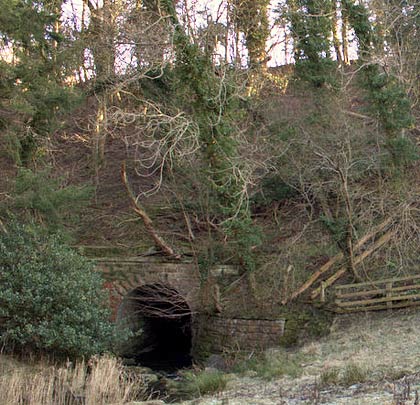
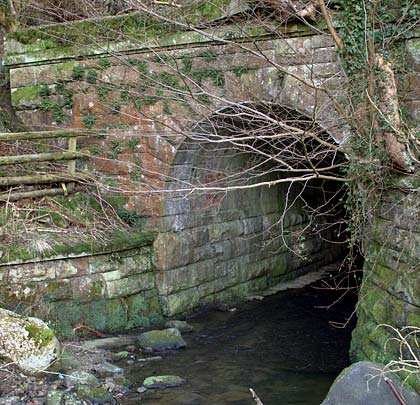
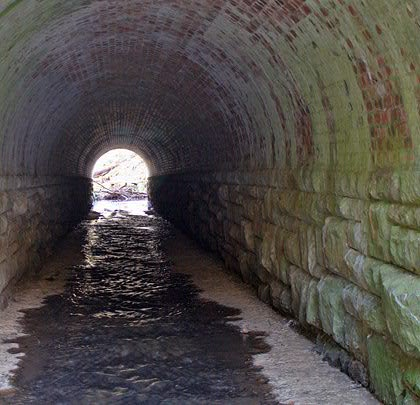

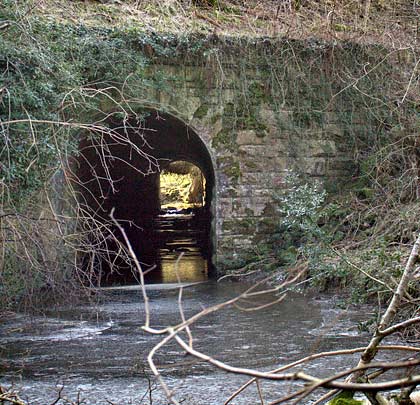
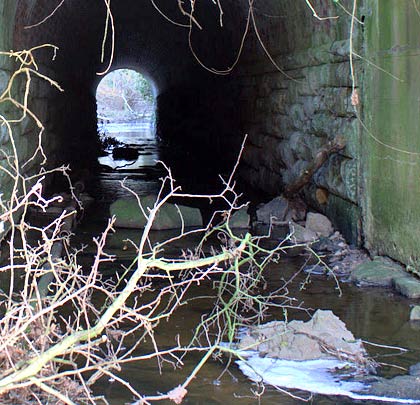
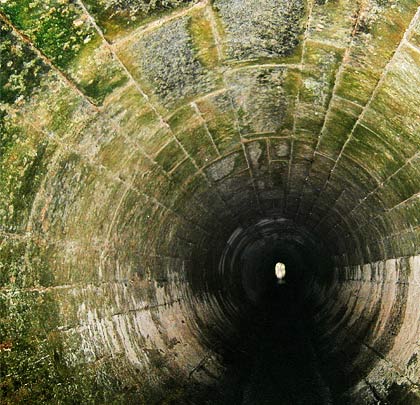
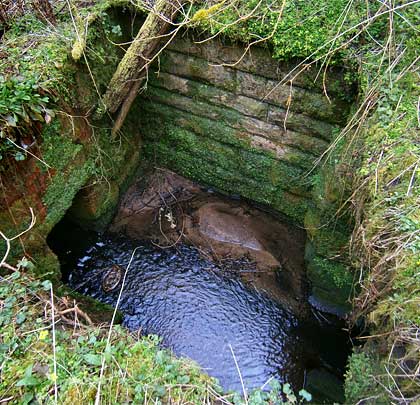
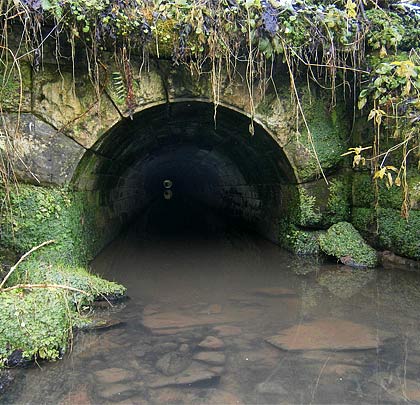









Whilst viaducts and tunnels grab our attention with their scale, they are not the only noteworthy feats crafted by Victorian engineers.
Culverts are used to channel water courses; in a railway context, they generally pass through the foot of embankments. Those built today are rarely more than concrete or steel tubes, but that wasn’t the case in the 19th century – they were more akin to miniature tunnels.
The Cornhill branch in Northumberland provides some fine examples – the pair captured in photographs 1-6 are within a couple of miles of Alnwick and allow Rugley Burn to flow beneath the line. Their portals’ headwalls and parapets are stone-built whilst the interiors feature a brick arch supported on masonry side walls. Both structures appear to be in a very fair condition given the role they perform.
Further north towards Powburn, the line crossed Lincomb Dean on a large embankment. Through this was built a long cylindrical culvert to accommodate Shawdon Burn, shown in photos 7-9. The western end opens into a square chamber which incorporates the entrance to another brick culvert – square in section – at the opposite side. The eastern entrance has rusticated voussoirs and triangular wing walls.
Constructed by the North Eastern Railway in 1887, the culverts’ maintenance regime would have been substantially scaled back in 1953 when the line above them closed.







